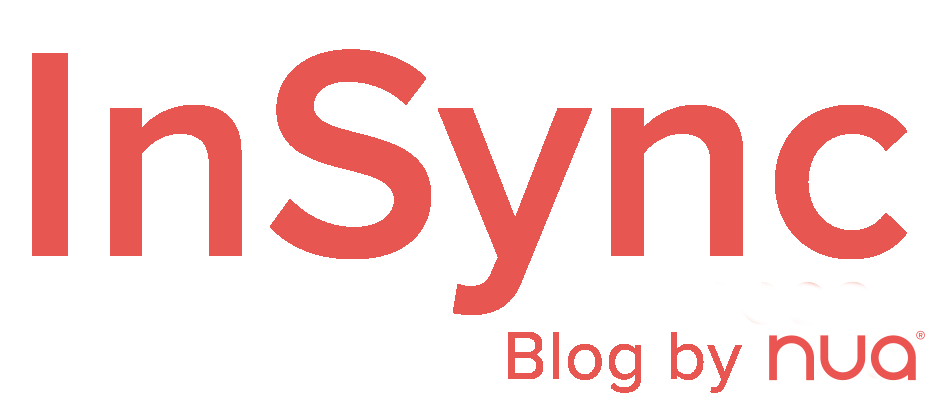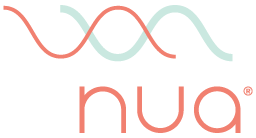Every woman in her life span experiences breast pain or discomfort, also called mastalgia. At the outset itself, please note – it is rarely associated with breast cancer.
Breast tissues respond to women’s hormone i.e oestrogen and progesterone. The amount of milk glands and ducts are more in younger age than in the perimenopausal stage, compared to fat, fibrous tissue, lymph nodes, veins and nerves. This can give the feeling of lumpiness in young women.
During the first half of the menstrual cycle, under the effect of oestrogen, there is growth of the milk glands and ducts. Progesterone, along with oestrogen, can cause milk duct dilatation and water retention. This can give rise to lumpiness and discomfort which can be mild to severe. With the onset of periods or menstruation, there is a sudden and significant drop in both these hormones, and the breast tissue reverts back to normal, making the pain disappear.
Breast tenderness can be two types:
- Cyclic breast pain: This is the most common type. 2 out of 3 menstruating women experience it. The pain usually affects the outer and upper parts of both breasts, and it might spread to your underarm area as well. Sometimes, breasts may also become larger, more tender and slightly lumpy in the week or so before your period. It may start 10-12 days prior to a period, and may become unbearable 2-3 days prior to the actual onset of bleeding.
- Noncyclic breast pain: This does not have a pattern and is common in postmenopausal women. The pain, discomfort or soreness is localised in one area (or areas) of the breast and is never uniform in both breasts. The pain may be constant or it can come and go. It can be due to trauma, muscular pain in the shoulder or chest, infection, if breastfeeding or costochondritis. This can be solved with painkillers.
Cyclical breast pain quite often settles by itself within 3-6 months, but can come back from time to time. The treatment options can be dietary modifications (reduction of caffeine and fat intake), wearing the correct size supportive sports bra, local application of pain relief spray, gel or cold compresses. Review and stopping of medications like birth control pills, hormone replacement therapy or some anti-depressant can also relieve cyclical breast pain. Oral pain killers, Evening Primrose oil or Vitamin E supplements are commonly used for this as well. Occasionally for severe pain, the last option is to take medicines to block the oestrogen hormone which may have side effects.
Note: The suggestions and remedies mentioned above are the views of the author. At Nua, we recommend visiting a doctor or gynaecologist before beginning any medicine course. Please do not self medicate.



